When can I drink alcohol after tooth extraction?
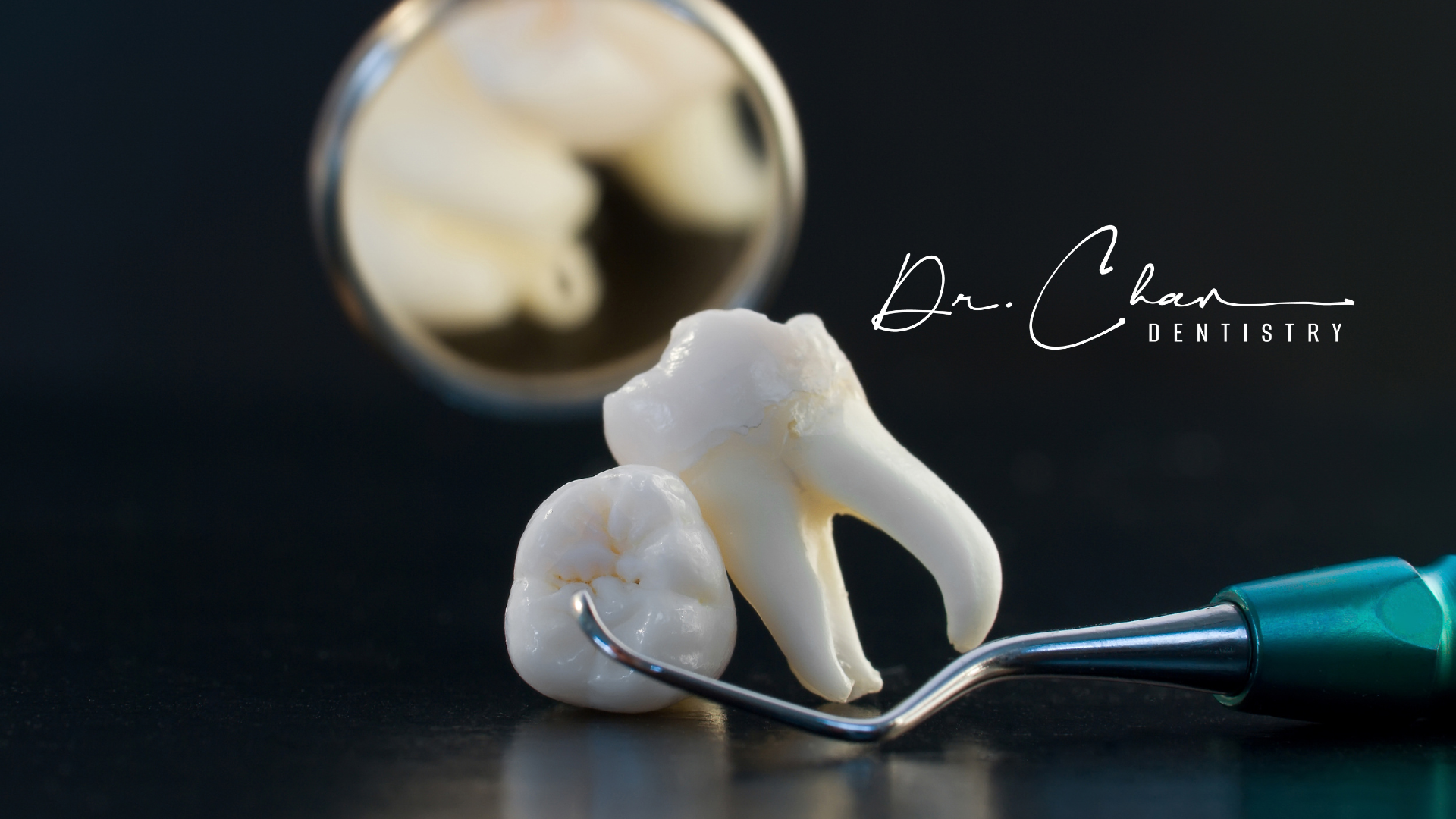
Understanding Tooth Extraction
Reasons for Tooth Extraction
Tooth extraction is often necessary for various reasons. Some common causes include severe tooth decay, gum disease, or a broken tooth that cannot be repaired. Removing a tooth may also be needed to make space for orthodontic treatment.
Types of Tooth Extractions
There are two main types of tooth extractions: simple and surgical. A simple extraction is performed on a tooth visible in the mouth, usually under local anesthesia. A surgical extraction is more complex and may involve removing gum tissue or bone to access the tooth.
Post-Extraction Care
Proper care after a tooth extraction is crucial for healing. This includes following your dentist's instructions, taking prescribed medications, and avoiding certain activities.
Resting and avoiding strenuous activities is important to promote healing and prevent complications.
Immediate Aftercare Instructions
Managing Bleeding
It's normal to experience some bleeding after a tooth extraction. To manage this, bite down gently on a piece of gauze placed over the extraction site. Keep the gauze in place for about 30 to 45 minutes. If bleeding continues, replace the gauze and apply gentle pressure. Avoid spitting or rinsing your mouth vigorously, which can dislodge the blood clot and prolong bleeding.
Pain Relief Options
Pain and discomfort are common after tooth extraction. Over-the-counter pain relievers like ibuprofen or acetaminophen can help manage the pain. Your dentist may also prescribe stronger pain medication if needed. Follow the dosage instructions carefully to avoid any complications. Applying an ice pack to the outside of your cheek near the extraction site can also help reduce swelling and numb the area.
Dietary Recommendations
What you eat after a tooth extraction can impact your recovery. For the first few days, stick to soft foods like yogurt, mashed potatoes, and applesauce. Avoid hot, spicy, or crunchy foods that can irritate the extraction site. Stay hydrated by drinking plenty of water, but avoid using straws, as suction can disrupt healing. Gradually reintroduce solid foods as you begin to feel more comfortable.
Alcohol and Healing Process
Impact of Alcohol on Healing
Drinking alcohol after a tooth extraction can slow down the healing process. Alcohol can interfere with blood clotting, which is crucial for healing. It can also cause dehydration, making it harder for your body to recover.
Risks of Drinking Too Soon
If you drink alcohol too soon after your tooth extraction, you might face several risks:
- Increased bleeding
- Delayed healing
- There is a higher chance of infection
- More pain and discomfort
Signs of Complications
Be aware of signs that something might be wrong after your tooth extraction. These include:
- Severe pain that doesn't go away
- Swelling that gets worse
- Pus or unusual discharge
- Fever or chills
If you notice any of these symptoms, contact your dentist right away. It's important to address complications early to avoid more serious problems.
Recommended Waiting Period
General Guidelines
After a tooth extraction, give your body enough time to heal before consuming alcohol. Most dentists recommend waiting at least 48 to 72 hours before drinking alcohol. This waiting period helps ensure that the initial healing process is not disrupted.
Factors Influencing Recovery Time
Several factors can affect how quickly you recover from a tooth extraction:
- Type of extraction: Simple extractions may heal faster than surgical ones.
- Overall health: People in good health tend to recover more quickly.
- Age: Younger individuals often heal faster than older adults.
- Post-operative care: Following your dentist's aftercare instructions can speed up recovery.
Consulting Your Dentist
Always consult your dentist for personalized advice. They can provide specific recommendations based on your unique situation. If you're unsure about when it's safe to drink alcohol, it's best to ask your dentist directly.
Giving your body the time to heal properly can prevent complications and ensure a smoother recovery process.
Safe Alternatives to Alcohol
Non-Alcoholic Beverages
After a tooth extraction, avoid alcohol to ensure proper healing. Instead, you can enjoy a variety of non-alcoholic beverages. Opt for drinks that won't irritate the extraction site. Some good choices include:
- Water
- Herbal teas
- Fruit juices (avoid acidic ones like orange juice)
- Smoothies (without seeds or chunks)
Hydration Importance
Staying hydrated is crucial for a smooth recovery. Drinking plenty of fluids helps keep your mouth clean and aids in the healing process. Aim to drink at least 8 glasses of water a day. Avoid using straws, as the suction can dislodge the blood clot and delay healing.
Keeping yourself well-hydrated helps in healing and reduces the risk of complications.
Healthy Coping Mechanisms
If you usually drink alcohol to relax or cope with stress, consider other healthy ways to manage your emotions during your recovery period. Some alternatives include:
- Practicing deep breathing exercises
- Engaging in light physical activities like walking
- Reading a book or watching a movie
- Spending time with friends and family
Finding new ways to relax can help you stay on track with your recovery and avoid setbacks.
Medications and Alcohol Interaction
Common Medications Post-Extraction
After a tooth extraction, your dentist might prescribe medications to help with pain, swelling, or infection. These can include:
- Pain relievers like ibuprofen or acetaminophen
- Antibiotics to prevent or treat infections
- Anti-inflammatory drugs to reduce swelling
Potential Side Effects
Mixing alcohol with these medications can lead to unwanted side effects. Alcohol can make you feel drowsy or dizzy, and combining it with painkillers can make these effects worse. Some possible side effects include:
- Increased drowsiness or dizziness
- Upset stomach or nausea
- Delayed healing process
Safe Practices
To stay safe, it's best to avoid alcohol while taking any prescribed medications after your tooth extraction. Here are some tips:
- Follow your dentist's instructions carefully.
- Read the labels on your medicines for any warnings about alcohol.
- If you're unsure, ask your dentist or pharmacist for advice.
It's important to give your body the best chance to heal by avoiding anything that could interfere with your recovery, including alcohol.
Oral Hygiene Post-Extraction
Brushing and Flossing
After a tooth extraction, keeping your mouth clean will avoid infections. However, you should be gentle around the extraction site. Here are some tips:
- Brush your teeth carefully, avoiding the area where the tooth was removed.
- Use a soft-bristled toothbrush to prevent irritation.
- Floss the other teeth as usual, but be cautious near the extraction site.
Mouthwash Use
Using mouthwash can help keep your mouth clean, but you must be careful. Avoid mouthwashes that contain alcohol, as they can irritate the extraction site. Instead, opt for a saltwater rinse:
- Mix 1/2 teaspoon of salt in a glass of warm water.
- Gently swish the solution in your mouth for about 30 seconds.
- Spit it out carefully without vigorous rinsing.
Avoiding Infection
Preventing infection is crucial for a smooth recovery. Here are some steps to follow:
- Do not touch the extraction site with your fingers or tongue.
- Avoid smoking or using tobacco products, as they can slow down healing.
- Stick to the aftercare instructions provided by your dentist at Rolling Hills Dental.
Keeping your mouth clean and following your dentist's advice can help you heal faster and avoid complications.
Recognizing Signs of Infection
Common Symptoms
After a tooth extraction, watch for signs of infection. Common symptoms include:
- Persistent pain that doesn't improve
- Swelling that gets worse instead of better
- Redness around the extraction site
- Pus or discharge from the wound
- A bad taste in your mouth
- Fever or chills
When to Seek Medical Help
If you notice any of the symptoms listed above, contact your dentist immediately. Delaying treatment can lead to more serious complications. Don't wait for the symptoms to go away on their own.
Preventive Measures
To lower the risk of infection, follow these steps:
- Keep the extraction site clean by gently rinsing it with salt water.
- Avoid touching the area with your fingers or tongue.
- Stick to soft foods and avoid anything that could irritate the wound.
- Follow your dentist's aftercare instructions carefully.
Taking these preventive measures seriously can help ensure a smooth and quick recovery.
Lifestyle Adjustments for Faster Recovery
Dietary Changes
After a tooth extraction, adjust your diet to promote healing. Stick to soft foods like mashed potatoes, yogurt, and smoothies. Avoid hard, crunchy, or spicy foods that may irritate the extraction site. Also, steer clear of hot beverages and alcohol.
Physical Activity Limitations
Take it easy for a few days after your tooth extraction. Avoid strenuous activities like heavy lifting or intense exercise. These activities can increase blood flow and cause the extraction site to bleed. Light activities like walking are generally okay.
Stress Management
Managing stress will help a smooth recovery. High-stress levels can slow the healing process, so practice relaxation techniques such as deep breathing, meditation, or gentle yoga. Keeping stress levels low can help your body heal faster.
Small changes in your daily routine can significantly speed up your recovery after a tooth extraction. Focus on a balanced diet, rest, and stress management to ensure a smooth healing process.
Consulting Healthcare Professionals
When to Contact Your Dentist
Knowing when to contact your dentist after a tooth extraction is important. If you experience severe pain, excessive bleeding, or signs of infection, contact your dentist immediately. These symptoms could indicate complications that need professional attention.
Role of Pharmacists
Pharmacists can be a valuable resource during your recovery. They can advise on over-the-counter pain relief options and help you understand how to take your prescribed medications safely. Don't hesitate to ask your pharmacist questions about drug interactions, especially if you're considering drinking alcohol.
Seeking Second Opinions
Sometimes, getting a second opinion is beneficial, especially if you need clarification on your recovery process or the advice you've received. Another healthcare professional can offer a fresh perspective and recommendations to ensure you're on the right track.
Always prioritize your health by consulting with professionals when in doubt. They are there to help you recover safely and effectively.
Long-Term Oral Health Maintenance
Routine Dental Check-Ups
Regular dental check-ups are essential for maintaining good oral health. Visiting your dentist every six months helps you catch problems early, like cavities or gum disease. During these visits, your dentist can clean your teeth, check for any issues, and advise you on keeping your mouth healthy.
Healthy Eating Habits
What you eat affects your teeth and gums. Eating a balanced diet with plenty of fruits and vegetables can help keep your teeth strong. Avoid sugary snacks and drinks, as they can lead to cavities. Drinking water instead of soda is a simple way to protect your teeth.
Avoiding Harmful Substances
Certain habits can harm your oral health. Smoking and using tobacco products can cause gum disease and even lead to oral cancer. It's also important to limit alcohol consumption, as it can dry out your mouth and make it easier for bacteria to grow. Making healthy choices can help you maintain a bright smile for years.
Taking care of your teeth is not just about brushing and flossing; it's about making smart choices every day. By following these tips, you can enjoy a healthy mouth and a beautiful smile for life.
Conclusion
In summary, give your mouth time to heal after a tooth extraction before drinking alcohol. Usually, waiting at least 24 to 72 hours is recommended. Drinking too soon can cause pain, delay healing, or lead to complications. Always follow your dentist's advice and ask them if you're unsure. Taking care of your mouth after an extraction helps ensure a smooth recovery and keeps you healthy.
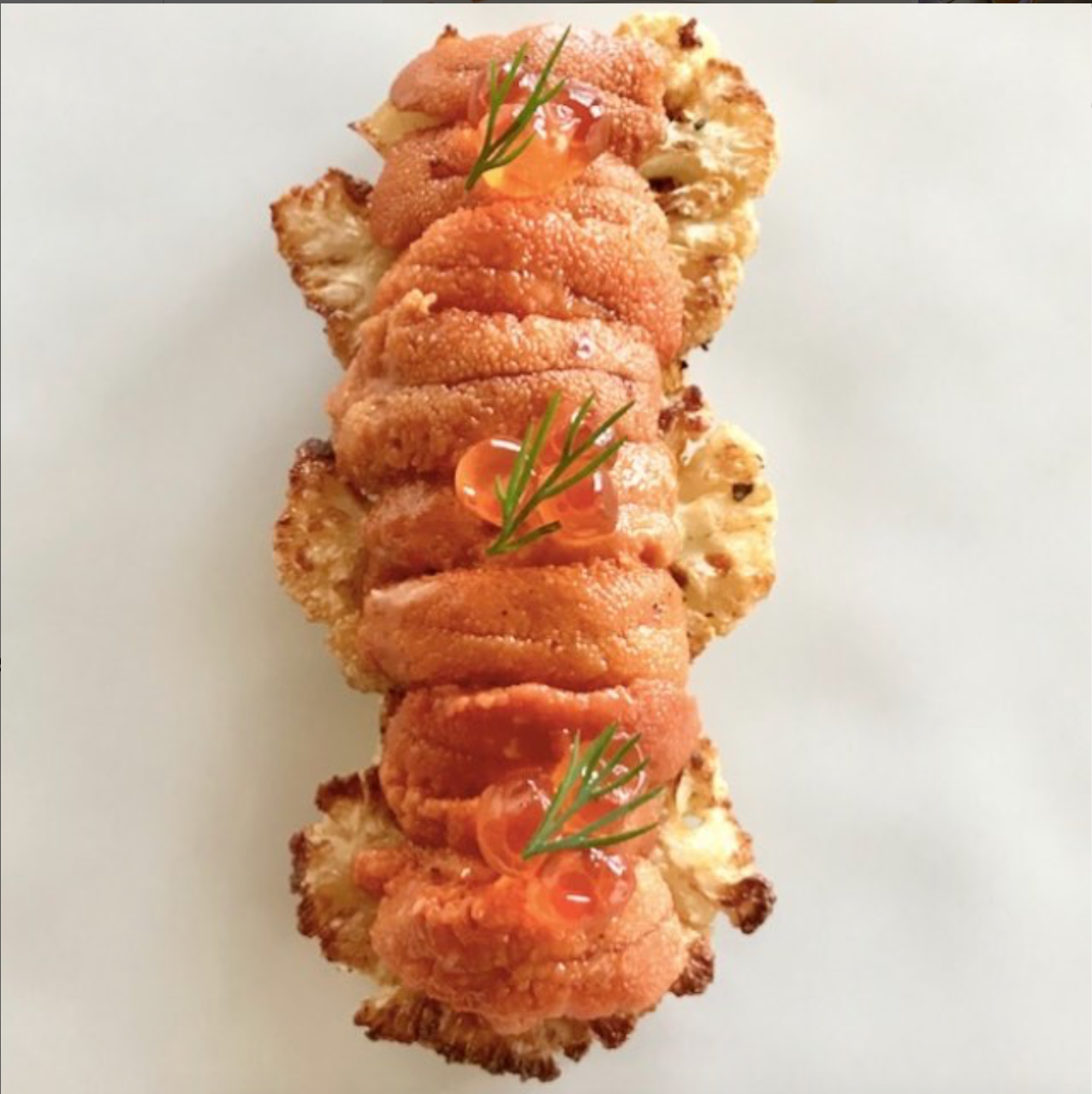
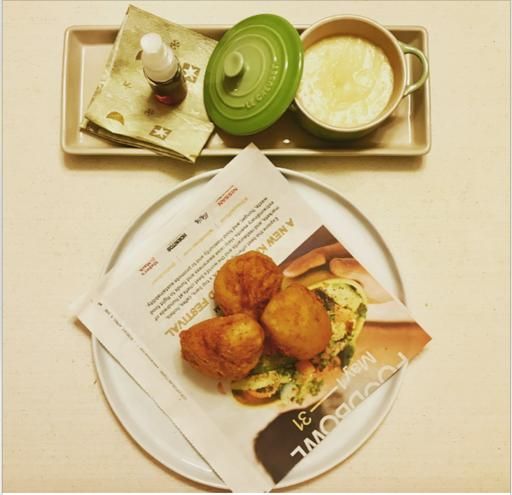
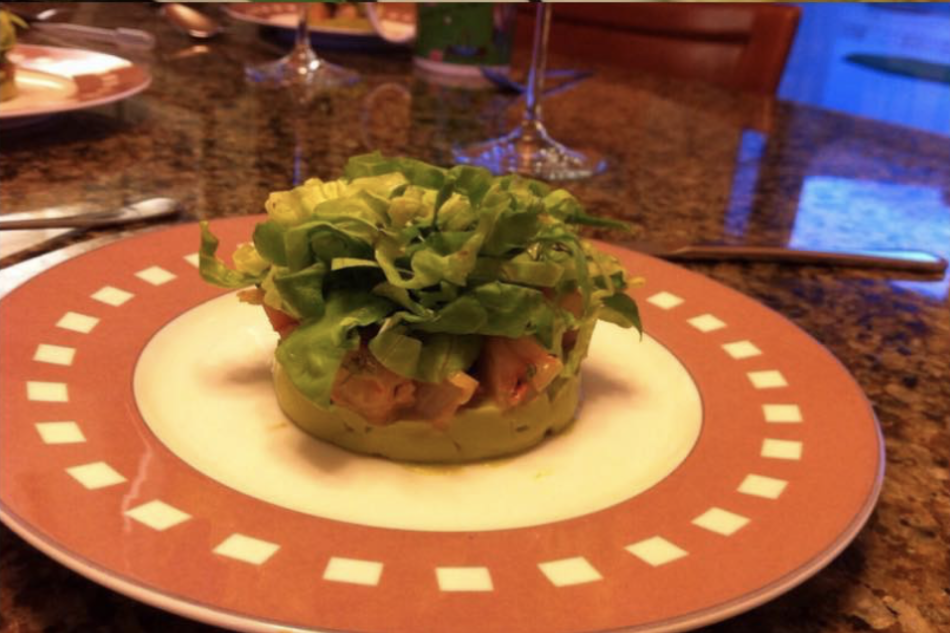
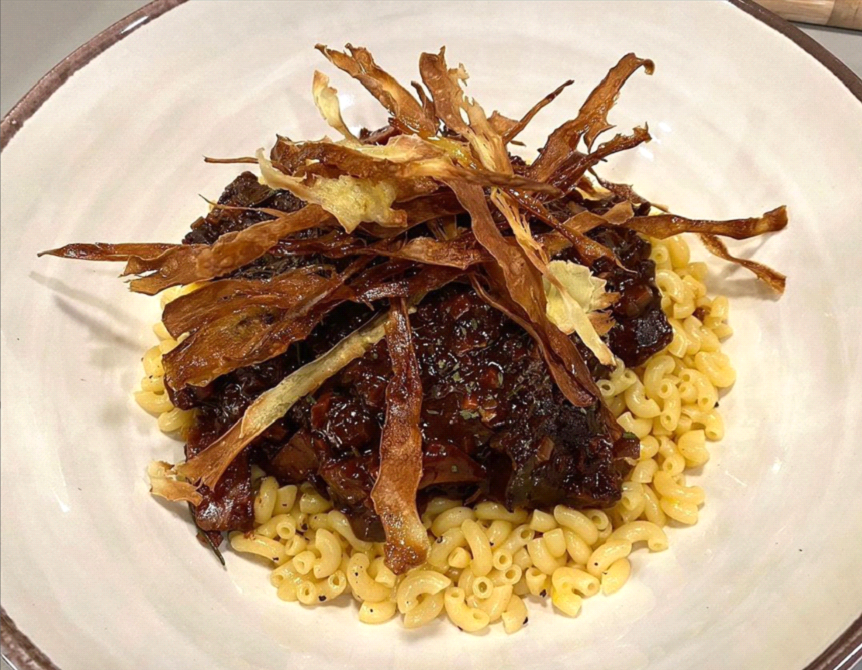
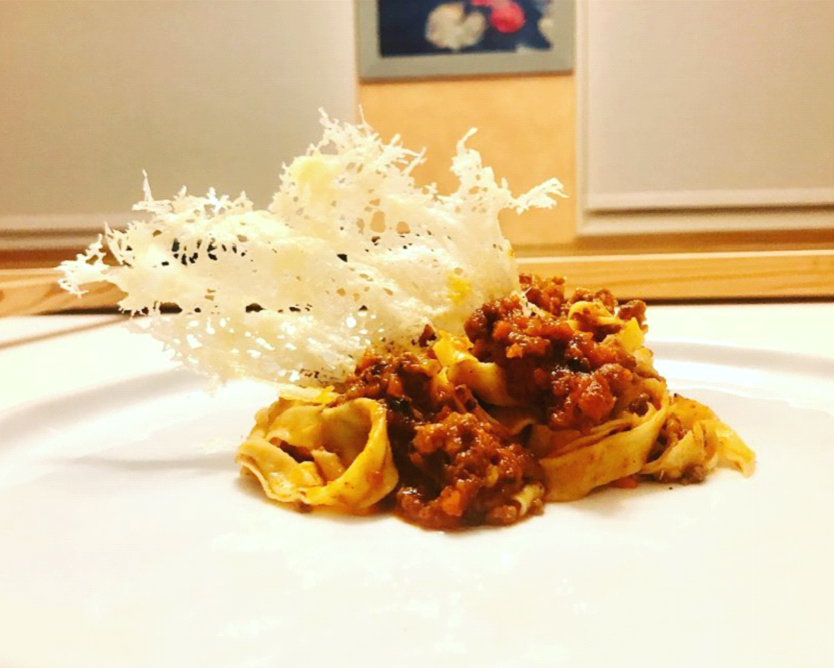
Hours & Address
MONDAY: CLOSED
TUESDAY: 8 AM - 5 PM
WEDNESDAY: 8 AM - 5 PM
THURSDAY: 8 AM - 5 PM
FRIDAY: 8 AM - 3 PM
Navigation Links
All Rights Reserved | DR. CHAN DENTISTRY | SITE MAP | PRIVACY POLICY | TERMS & CONDITIONS


